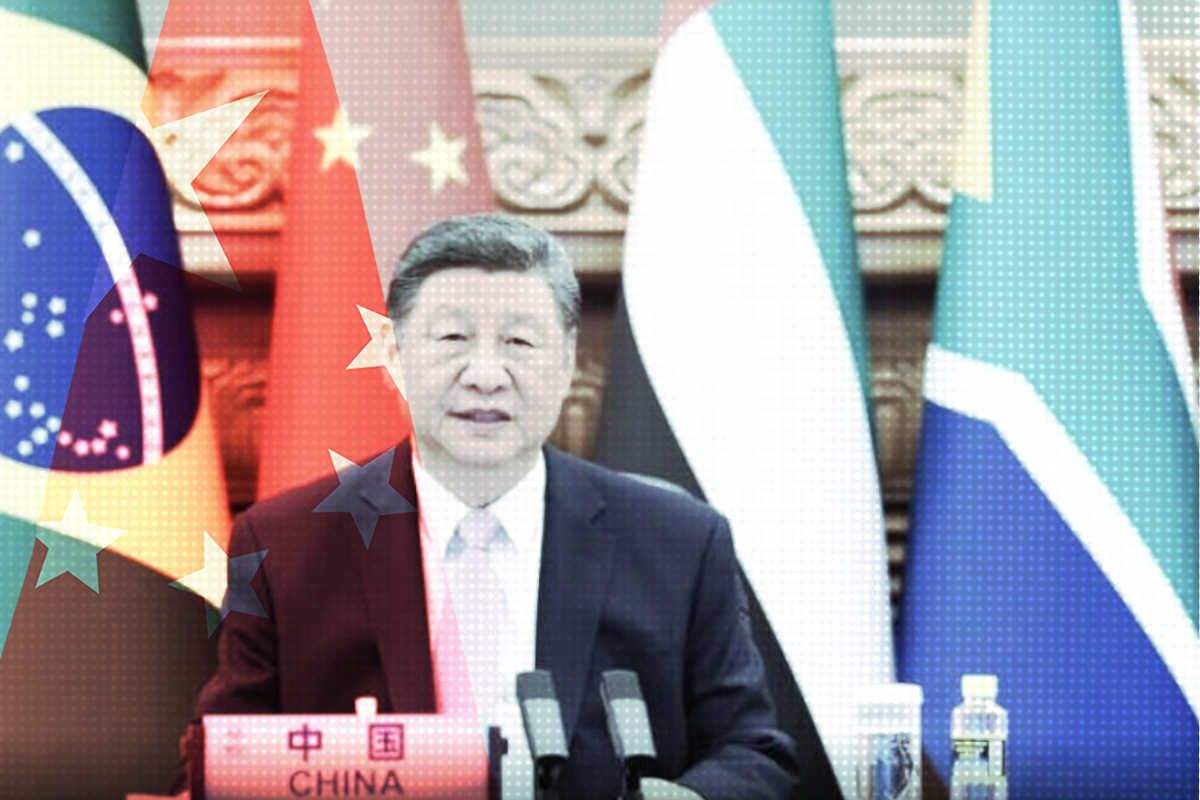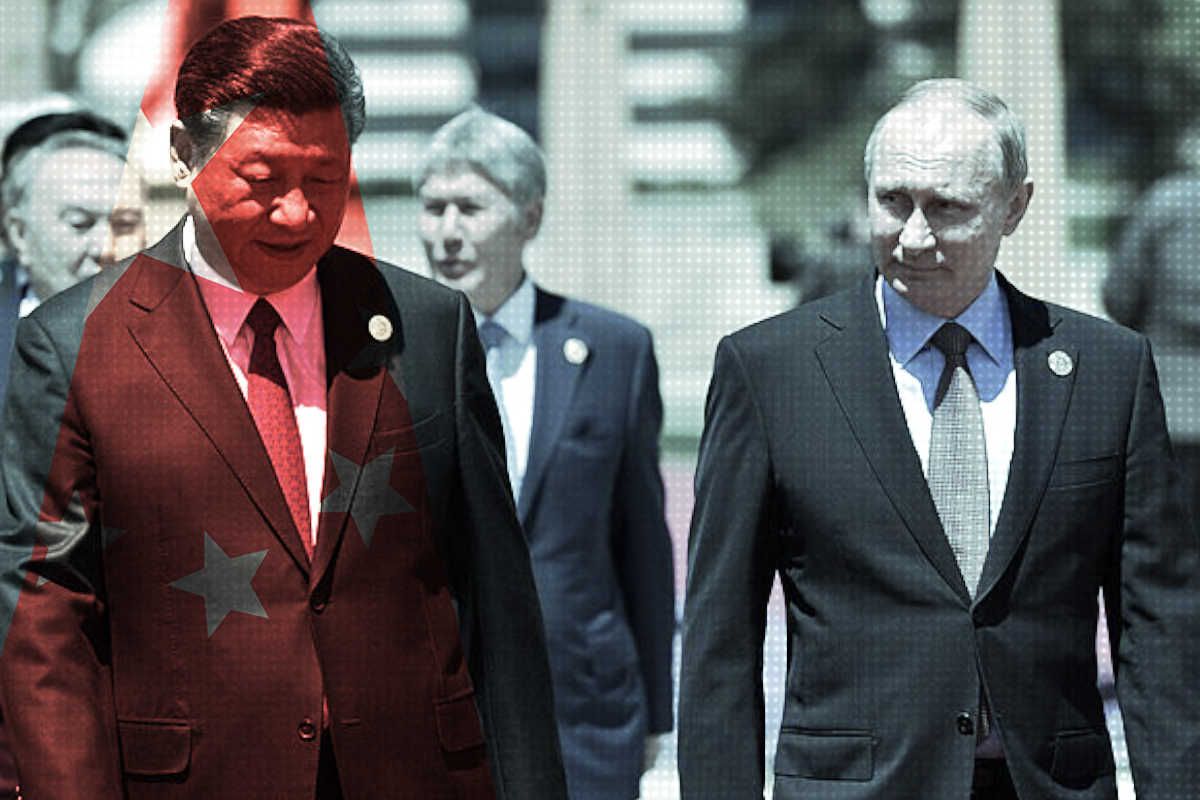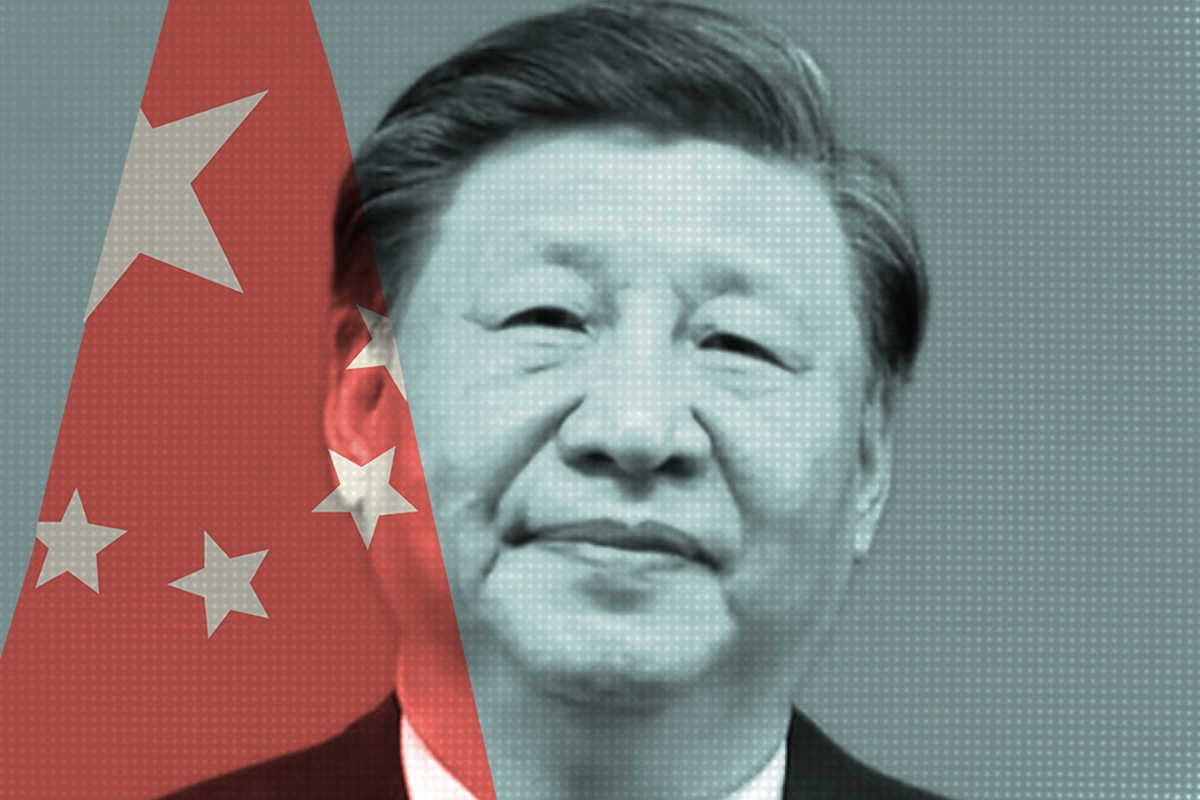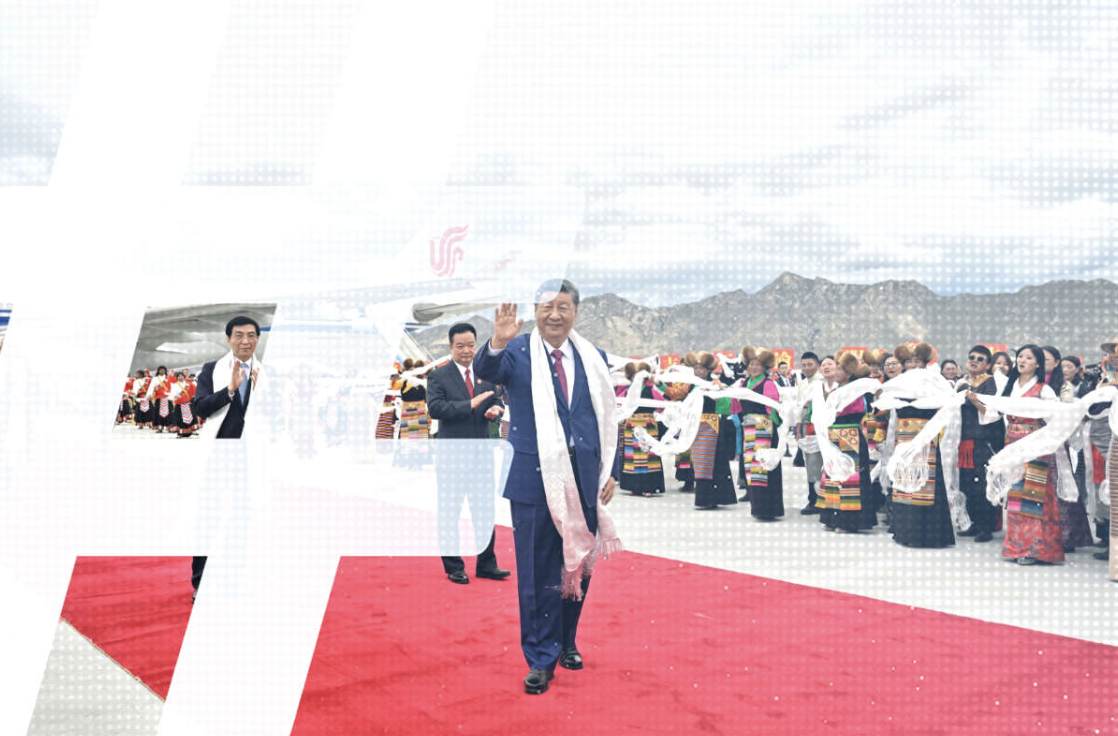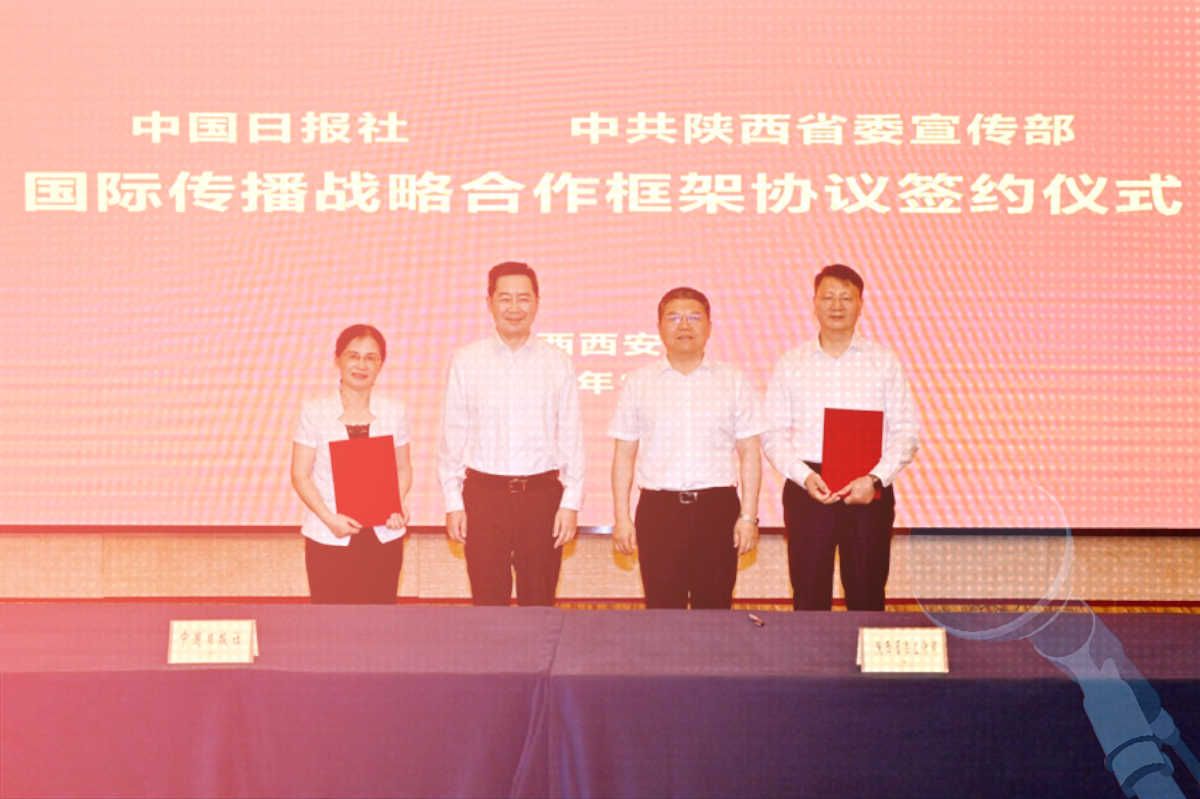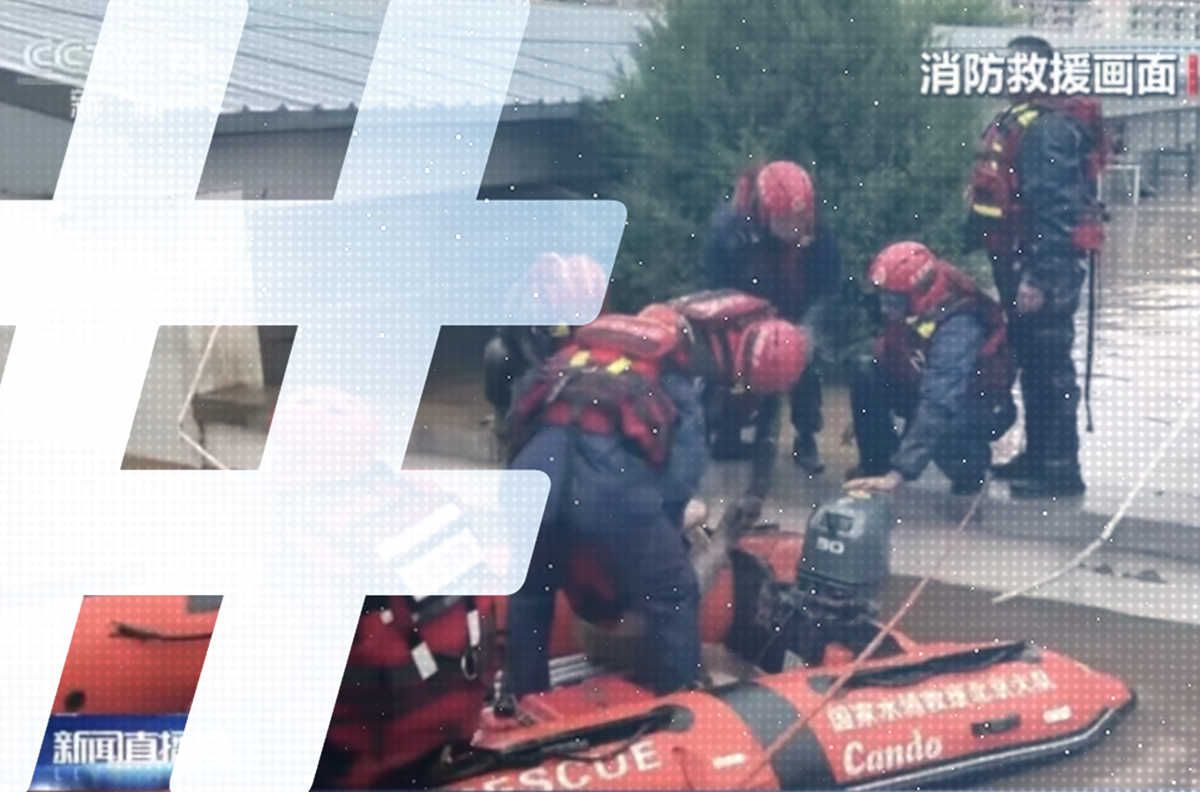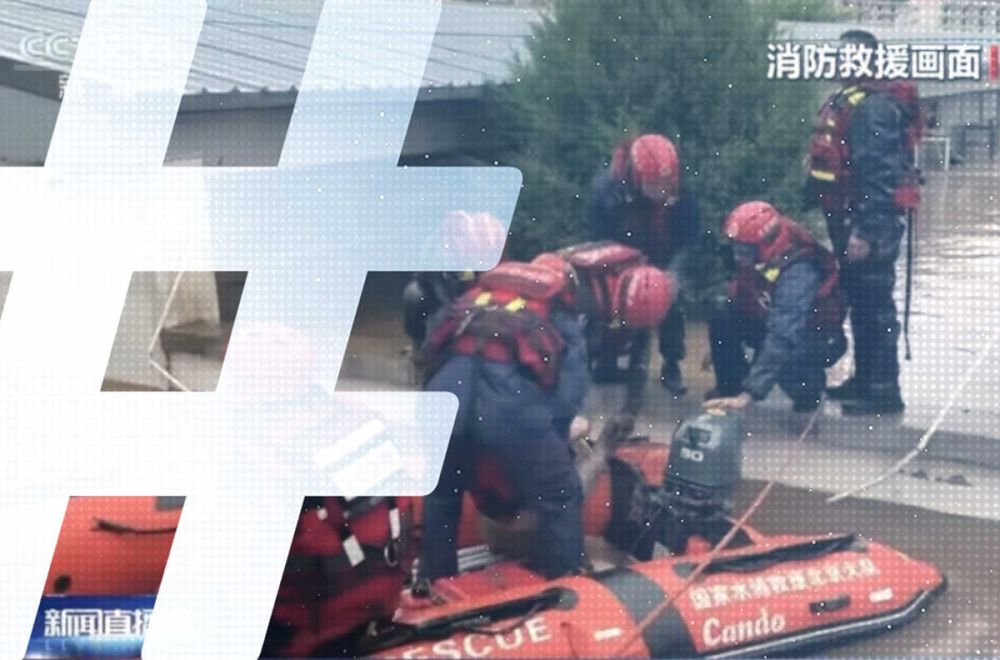
At 6 a.m. on July 28, a wall of water inundated the small town of Taishitun (太师屯), barely a two-hour drive from central Beijing. The floodwaters — flowing at 1,500 times the normal rate of the Qingshui River, which usually trickles slowly through town — burst the banks and surged through streets and alleyways. While many residents found shelter on rooftops, the 62 residents of a local elderly care home had few options: 80 percent were unable to walk. The waters moved so swiftly that rescue workers could not reach them for three hours. By 10 a.m., 31 residents were dead.
The Taishitun care home tragedy accounted for the majority of Beijing’s 44 flood casualties during torrential rainfall last month. Yet the story, typical of disaster coverage that China’s leadership has long feared could raise questions about readiness and responsibility, received cautious treatment from Chinese media.
In Action, Never Inaction
From the outset, propaganda authorities sought to turn attention away from the death toll, and away from the more jarringly human aspects of the story. The focus was on the actions and declarations of central and local leaders, projecting an image of selfless leadership on the front lines.
In Party and commercial newspapers alike, and in the news apps that mirrored their messaging, the focus was entirely on high-level statements urging rescue and relief efforts. On June 29, the day after the floods struck Tashitun, the Beijing Daily (北京日报), the official newspaper under the city leadership, included just one tiny image on its front page — of three digging machines at work, but no hint of the human cost. Leading were statements about Xi Jinping’s “important instructions” (重要指示) and their response across Beijing and Hebei.
On the front page of the more commercial Beijing News, which is also under the Beijing city leadership, Xi Jinping’s words again had top billing. There was a large image. But again, it was a scene of rescue — all hope harnessed for impact, and not a whiff of despair.
When emotion did enter the official narrative, media outlets again forefronted Party leaders. The story was about their empathy as they grappled with the immensity of the situation, or about their selfless dedication.
The most direct expression of emotion came on August 1 from Yu Weiguo (余卫国), the top official in Beijing’s Miyun District, who made a rare admission during a press conference that they had been inadequately prepared. “For a long time, the nursing home’s location in the town center was considered safe, and our emergency plans did not include it in the evacuation range,” said Yu. “This shows our plans had loopholes, and our understanding of extreme weather was insufficient.”
Yu admitted to the inability of the emergency services to reach the home in time, and made a rare public apology that the care home had been overlooked in local government flooding plans. “These elderly people were about the same age as my parents,” said an emotional district Party secretary Yu Weiguo. The Beijing News ran an article on the press conference, as well as a piece with Party Secretary for Beijing Yin Li (尹力) visited the silted-up care home and relayed his plans for safety guarantees for the future.
During the first 24 hours, these remarks were widely reported by other outlets, including Shangguan News (上观新闻) and the state broadcaster China Central Television. News sources also more readily reported the death toll.
This pattern is a familiar one when it comes to official treatment of disaster stories. In the initial phase, as the tragedy (a word the leadership will rarely ever use) is fresh, the authorities will struggle to balance the need to inform a concerned public, allow emotion to be directed then dissipated, and ensure that media are restrained. The situation can be complicated by the chaos of a fast-moving situation, and by bureaucratic wires that get crossed.
For journalists and outlets that hope to push the bounds of reporting, this confusion can equal opportunity (借题发挥). Statements by officials, particularly from the scene, may be interpreted as a green light — or at least political cover — for reporting. The Beijing News (新京报), known in the past for its more freewheeling reporting, with hints of that old spirit re-emerging in recent months, sent a journalist to the scene and published a piece by close of business the same day the story emerged.
But the window is often narrow. Just as outlets are scrambling to get reporters to the scene, propaganda authorities are working to wrestle back control. A typical missive that might come down from on high: “Do not look back” (不要回顾). The phrase is code for deep reporting, fact finding, and storytelling — those things that are likely to emotion, even anger, toward the more human dimensions of the tragedy, including human error.
Moving On From the Loopholes
One of the first signs that the flood story was pivoting away came as references to the death toll were suddenly taken down. In some cases, lingering references to Yu Weiguo’s press conference also focused on the recitation of statistical points, avoiding any mention of more sensitive admissions like “our plans had loopholes.” Significantly, the original report from the Beijing News mentioned above went dark. Multiple reports from the professional news outlet Caixin (财新) reporting the incident were also removed, including one claiming that local residents had not been given prior warning of the dangerous floodwaters.
But it was also at this point that the clearest hints of more assertive professionalism emerged from the first round of deeper reporting.
On August 3, Sanlian Life Weekly (三联生活周刊), a general affairs magazine, published a long-form article full of eyewitness accounts that gave life to the tragedy. Among those interviewed was Li Meihua (李梅花), whose sister was among the 31 victims who had been trapped inside the elderly care home. Her son, in fact, had until recently been cared for at the facility, and the story began a deeply human account of what might have been:
When news broke on July 31st about 31 deaths at the Taishitun Town Elderly Care Center, Li Meihua shuddered. She felt fortunate. Just 20 days earlier, due to the scorching weather, she had brought home her son, who suffered a cerebral thrombosis and was partially paralyzed. She couldn’t bear to think about the “what ifs.”
The crucial difference in the case of the Sanlian Life Weekly was the way it combined on-the-ground reporting and gripping local accounts alongside official statements — including Yu Weiguo’s admission about lack of preparedness. Far from a report about swift and efficient action, it was a portrait of a community abandoned to the floodwaters. But it was clearly too much for the authorities, whose priorities had already shifted to preventing such acts of factual reflection. It was pulled from the internet within 24 hours.
Such signs of more probing coverage — even if faint and fleeting — are a welcome reminder that there is life beneath the ice.
Sanlian Life Weekly is an outlet that produced quality in-depth reporting in the early 2000s, including a 2014 report on Bo Guagua, the son of the fallen official Bo Xilai. Like the Beijing News and Caixin, it is an outlet that has quietly endured a widespread contraction of space over the past 15 years, worsening considerably under the press policies of Xi Jinping, who has emphasized the principle that media must do the bidding of the Party, and must adhere strictly to “public opinion guidance,” a legacy of the 1989 Tiananmen Massacre that links media control to social and political stability. In this environment, acts of resistance from the media have been exceptionally rare. When they do emerge, they should at least be acknowledged, if not exactly celebrated. That outlets like Sanlian Life Weekly, which is helmed by the naughts-era investigative reporter Li Honggu, continue to seize space, even if they are forced back, is a welcome sign that Chinese journalism still has a pulse.










